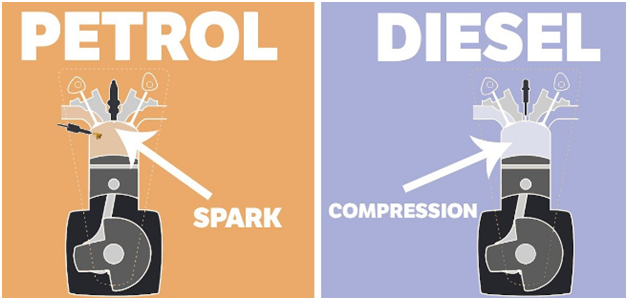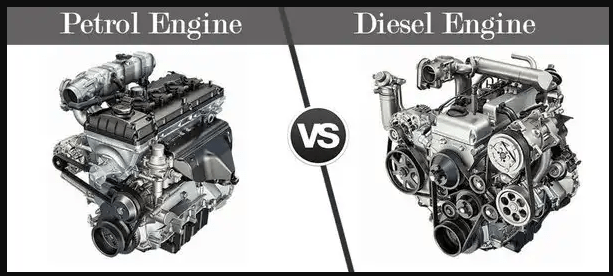what are the ways for modern diesel engines to save energy and reduce emissions?

Mixture formation
Gasoline has a low boiling point and good vaporability, so it is easy to form a prefabricated homogeneous mixture with air in the cylinder under normal temperature or slightly heated conditions. Therefore, most conventional gasoline engines use prefabricated mixtures before ignition. The boiling point of diesel is as high as 180-360°C, which is not suitable for premixing outside the cylinder. Even if it can be gasified and mixed outside the cylinder after heating, the charge into the cylinder is reduced due to the decrease of air density caused by heating, and the additional heating required Energy, these are unreasonable. Therefore, conventional diesel engines use high-pressure injection in the fuel cylinder, which is atomized and mixed with air to form a mixture of stratified concentration.
Fire, burning mode
After a prefabricated homogeneous mixture is formed outside the cylinder of a conventional gasoline engine, if the prefabricated mixture gas pressure close to the stoichiometric ratio is carried out, due to the simultaneous ignition, the pressure rise rate is too high, which is close to the explosion, which is not allowed, so it is suitable to use external force Ignition combustion mode, that is, fire at a high temperature near the spark plug, and then flame propagation and combustion in the mixture. (This does not mean that gasoline cannot use compression ignition combustion mode. In fact, gasoline can achieve homogeneous mixture pressure combustion under lean mixture conditions)
The ignition temperature of diesel is relatively low, and the amount of mixture suitable for combustion is not much in the short time from the beginning of spraying to the spontaneous ignition of the diesel engine, and the rough working situation in the initial stage will be alleviated. After the diesel engine catches fire at the initial stage, it is followed by diffusion combustion with fuel injection, gasification, and mixing. Diesel is suitable for compression ignition, and it is difficult and unnecessary to ignite under spray conditions.
Load regulation method
The difference in the way the mixture is formed brings about the difference in the way of load regulation. The excess air coefficient (0.4-1.4) that can be ignited by a homogeneous mixture of gasoline is relatively small. Generally, the load is adjusted by changing the opening of the throttle valve and controlling the intake of the mixture. This method is called the amount of load adjustment.
Diesel engines have a wide range of circulating fuel injection, and there is a mixture suitable for ignition in the spray jet. Therefore, diesel engines can compress ignition and fire within a large average excess air coefficient range, so it can rely on the circulating fuel injection volume. How much to adjust the load. Since the circulating intake air volume is basically unchanged, the average excess air coefficient will vary with load changes. This way of adjusting the load by changing the fuel injection volume, that is, changing the average excess air coefficient, is called the quality adjustment of the load.

The above-mentioned differences lead to various differences in performance, design and structure between the two, and the root of these differences is traced back to the differences in the physical and chemical properties of gasoline and diesel fuel.